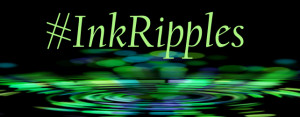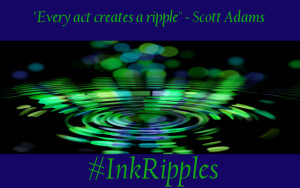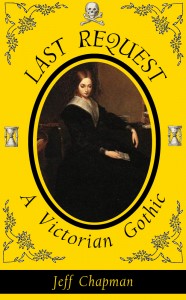 When I think about the July #InkRipples topic of heroes/villains, I always think about the many quotes along the lines of everyone is the hero of their own story (there are so many versions of this quote with different attributions, I’m not even going to try attribute a direct quote).
When I think about the July #InkRipples topic of heroes/villains, I always think about the many quotes along the lines of everyone is the hero of their own story (there are so many versions of this quote with different attributions, I’m not even going to try attribute a direct quote).
I think this idea is especially interesting when applied to villains. The most interesting villains feel totally justified in their actions in their own minds as opposed to a villain who is presented as simply an evil character. We may judge those actions to be horrible, but for whatever reason–be that twisted or misguided or maybe a little justified but still ultimately bad–the villain considers themselves the hero.
On the flip side, others may view the hero of a story as a villain. Perhaps what the hero sees as a justified, noble deed is harmful to another. Now the person being harmed may be harming others and the moral thing to do is to stop them, but they will still categorize the hero as a villain in their own mind. And no hero of a story should be perfect…that would be boring. Heroes need to have flaws.
As a writer, it’s really all about how the story is framed. Vengeance can be a way for a reader to relate to and root for a hero, or it could be the means by which a character becomes a villain. I find stories with lots of shades of gray in the good vs. evil area to be incredible compelling.
What’s your take on heroes and villains?
#InkRipples is a monthly meme created by Katie L. Carroll, Mary Waibel, and Kai Strand. We pick a topic (July is all about heroes/villains), drop a ripple in the inkwell (i.e. write about it on our blogs), and see where the conversation goes. We’d love to have you join in the conversation on your own blogs or on your social media page. Full details and each month’s topic can be found on my #InkRipples page.
























